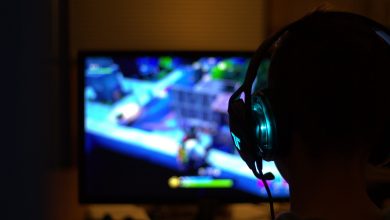Psychoimmunology of Social Stress in Social Networks

Human social relationships can sometimes be the source of serious conflicts. When examined in the light of social change theory, it is clear that the individual is often subjected to serious distress in the high cost environment of the temporal, monetary and emotional tension of social interactions. There is much evidence to present the social-psychoimmune consequences of distorted human relationships. Negative or unstable social relationships, resulting conflicts, and associated negative emotions can affect immune processes. Hostility, which is essentially known as the cardiovascular risk factor of psychosomatics, according to Suarez’s study, is the elevation of CRP and IL-6, and pro-inflammatory cytokines that are typical for depression.
Depression highlights a separate area of research within social-psychoimmunology, taking into account correlations between depression and social integration, as well as relationship conflicts and its negative impact on social perception. Depression has been proven to be a mediating factor between socioeconomic patterns (personal income) and physical outcomes (number of sick days) in a behavioral and epidemiological study called Hungarostudy, confirmed by path analysis. It has also been proven that depression is an independent risk factor for myocardial infarction. Attitudes and emotions that increase the stress of social interaction and interpersonal emotional relationships, such as the difficulties caused by anger or depression, are also reflected in differences in immune response. Social conflict affects the course of rheumatoid arthritis, in which case catecholamine plays an important role among neurohormonal factors mediating psychosocial distress. On the social network of indecisive individuals, it is indecisive people who also exercise positive and negative effects.
Network Patterns Developing in Psychoimmunological Risk Situations
Neuroendocrine effects triggered by threatening environmental stimuli in the brain can create a preparatory pathogen-host defense effect on the innate immune system. As a result, the redistribution of natural immune system cells and their migration to the exposed area are detected. All this leads to an increased rate of recovery after an injury. This response can be triggered by both the presence of predators and the emergence of an important conflict situation. In Slavich and Cole’s view, activation of innate immunity is not just an evolutionary residue, but something that can be triggered by symbolic threats, social conflict, rejection, isolation, and exclusion. Considering the genetic basis of the neuroendocrine and immune systems while investigating the immune systems of mammals, it is possible to determine a typical pro-inflammatory / anti-inflammatory response pattern by examining the transcriptome of the leukocytes circulating in the body.
Under normal conditions, the activity of the sympathetic nervous system enhances the negatively-protected transcriptional response (CTRA) with the help of adrenergic receptors. And the activity of the HPA axis reduces the CTRA-induced inflammatory response as a result of the released cortisol. However, in the case of chronic social isolation, mourning threat, and post-traumatic stress, reduced activity of the anti-inflammatory glucocorticoid receptor (GR) can be detected. Therefore, the transcriptional response protected against negativity is triggered by threatening, stressful or permanently uncertain difficulty as stated in Antoni’s report. As mentioned, the threat of grief, traumatic stress, social isolation, low socioeconomic status or cancer diagnosis results in proinflammatory transcription disorders. In experimental animal models, social instability, low social ranking, and repeated failure also resulted in a CTRA.
Such challenges increase the activity of genes responsible for the inflammatory immune response to extracellular pathogens and bacterial infections. And it inhibits genes responsible for antiviral immune response against intracellular pathogens. The selective evolutionary advantage of all this is demonstrated by the fact that it increases the CTRA rate, wound healing, and response to infection in the event of a real physical threat. However, from observations, a few of the CTRA’s symbolic, social, expected, or imaginary emergencies experienced in daily life are. In the case of long-term perceived and real danger, social or physical threat, a glucocorticoid resistance may develop, which can lead to more severe inflammation or depression. This phenomenon develops as a result of the co-evolution of the hierarchical layers of the social, cognitive, neural, immune and transcriptomic, genetic layers of this hierarchical structure of different interconnected networks. The highly protected biological response to the challenges described is crucial to dealing with physical threats or injuries. Modern day social, symbolic, or perceived, even imagined threats can also lead to the pro-inflammatory phenotype of the (bad) adaptive response.





